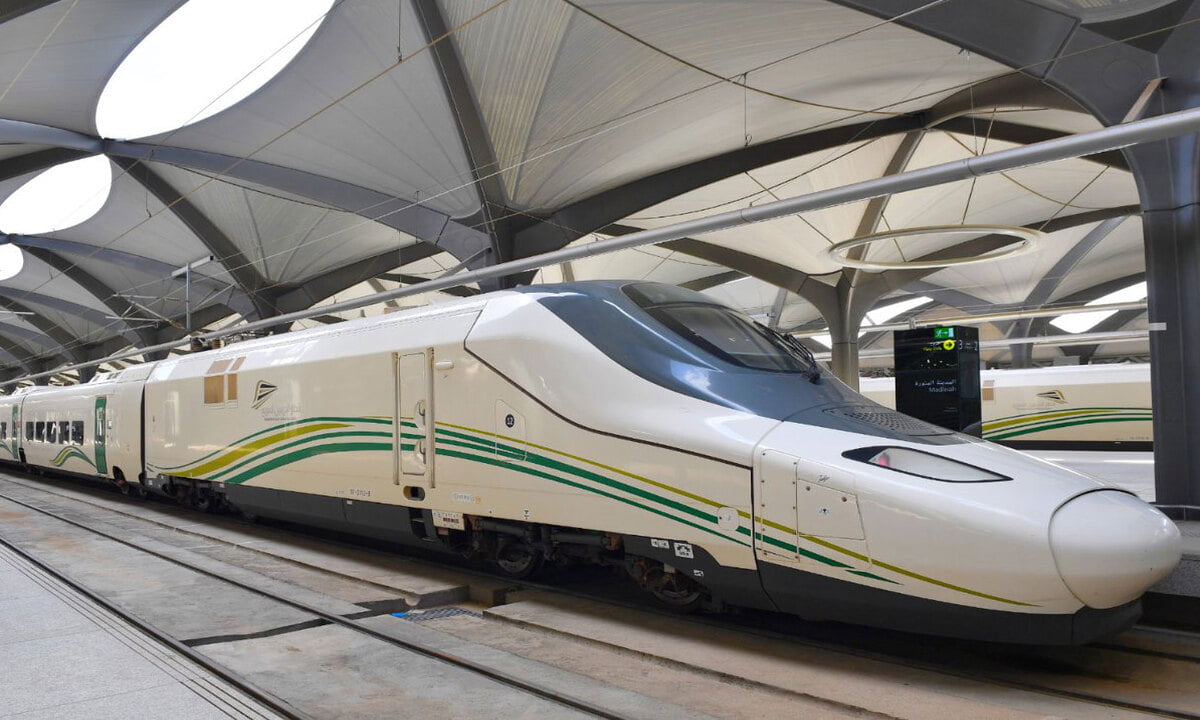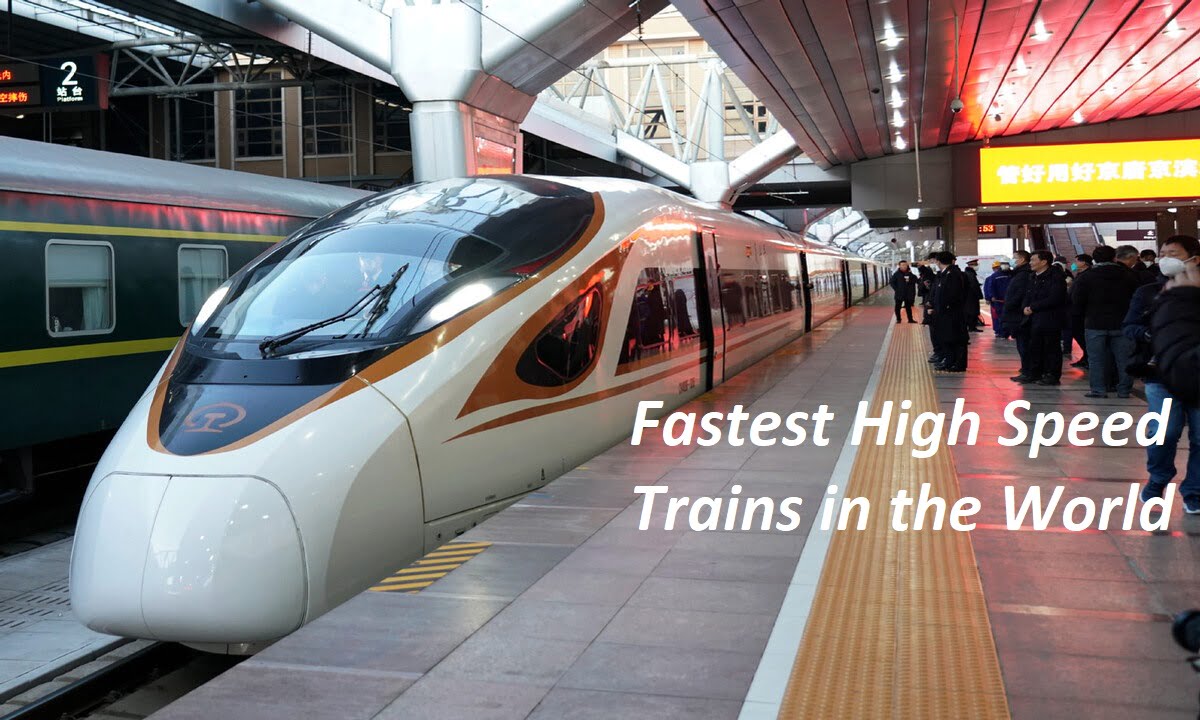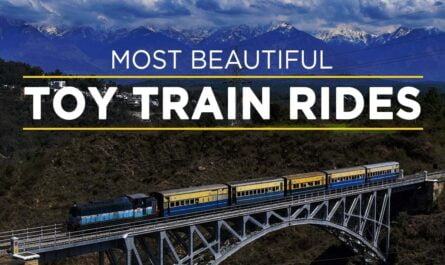Asia and Europe are known for their huge train networks with fastest train systems in the world. There are many high-speed trains and the infrastructure suitable for them. Here are articles about the fastest high speed trains in the world.
1. Shanghai Maglev – 460kmh/286mph (China)
The Shanghai Maglev, also known as the Shanghai Transrapid. Tops the list with a top speed of 460 km/h (286 mph) and an average speed of 251 km/h. The speed record is a staggering 501 km/h. Based on German technology, the maglev flies on an elevated track, with powerful magnets providing a super-smooth, friction less ride. The maglev train can cover the approximately 19-mile distance in just under eight minutes.

2. CR Harmony – 350kmh/220mph (China)
The China Railway (CR) Hexie, also known as Harmony is a generic term for the CRH series of high-speed trains EMU. Although they travel as fast as the Fuxing trains, with a top speed of 350 kmh (220 mph). We have ranked them second in tests because of their higher record speeds. The CRH380B is based on the Siemens Velaro family of high-speed trains. The CRH380B in service on the Shanghai–Hangzhou High-Speed Railway and the Shanghai–Nanjing High-Speed Railway since 2011. The CRH380A reached 486.1 km/h during a test run in 2010, the second-highest speed of Harmony trains.

3. CR400 Fuxing – 350kmh/217mph (China)
The China Railway (CR) Fuxing, also known as CR series EMU, is a series of high-speed trains. Developed by the China Railway Corporation, Fuxing trains run at speeds of 350 km/h (217 mph), but have been tested to run at speeds of up to 420 km/h. The Fuxing models are the first high-speed models to be manufactured entirely domestically in China, without proprietary or licensed technology from outside vehicle manufacturers. The fastest CR400 variants are currently in service on the Beijing-Shanghai-Hong Kong and Beijing-Harbin main lines.

4. ICE3 – 330kmh/205mph (Germany)
The world-famous German brand Intercity Express (ICE) includes a large family of express trains that are used on a wide range of routes. The fastest member of the “White Worm” family is the ICE3, with a speed of 330 km/h (205 mph). Normal operating speed is 300 km/h, but ICE3s are allowed to go up to 330 km/h during delays. The ICE3 fleet operates throughout Germany and also includes trains for international routes connecting major German cities with Paris, Amsterdam and Brussels. The design also forms the basis for Siemens “Velaro” family of high-speed trains, which have been sold to Russia, China, Spain, Turkey and to Eurostar for its second generation of international trains.
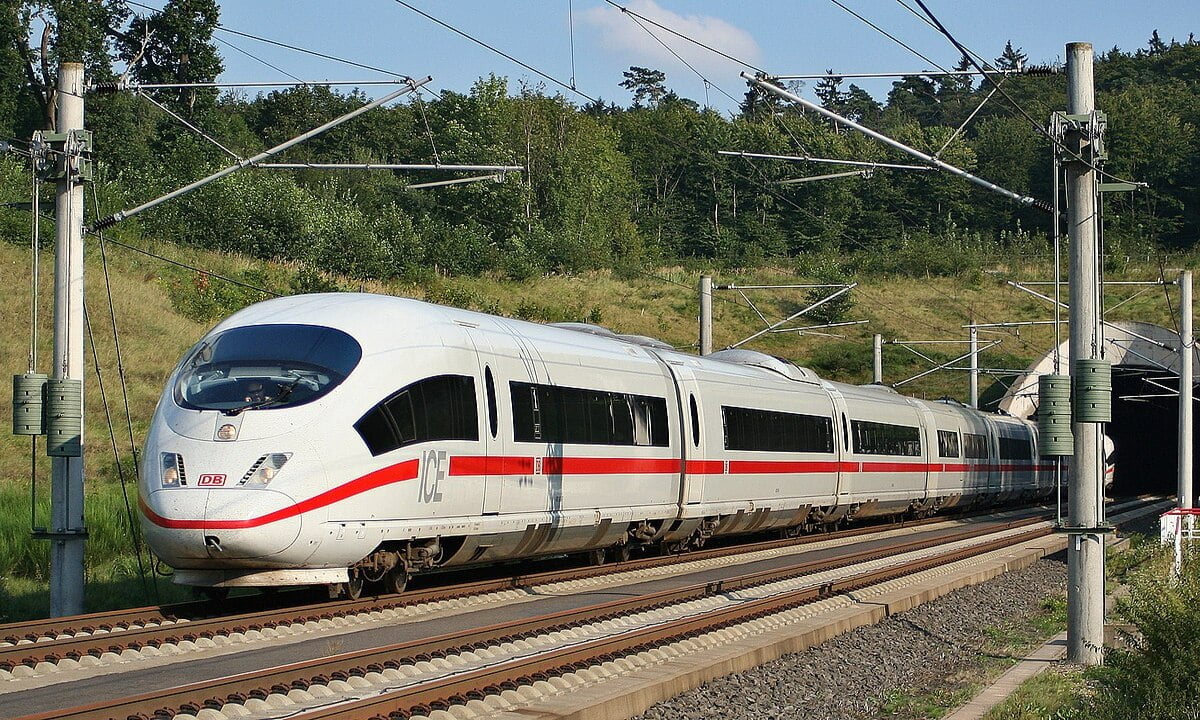
5. TGV – 320kmh/198.5mph (France)
The TGV (Train à Grande Vitesse) is a high-speed train in France that runs at speeds of up to 320 km/h (198.5mph) on certain routes. It has been a pioneer in high-speed transportation since its introduction. The high- speed train is also a major export: In the last 30 years, TGV technology has been sold to Taiwan, Spain, Italy, Morocco, the United States and South Korea.
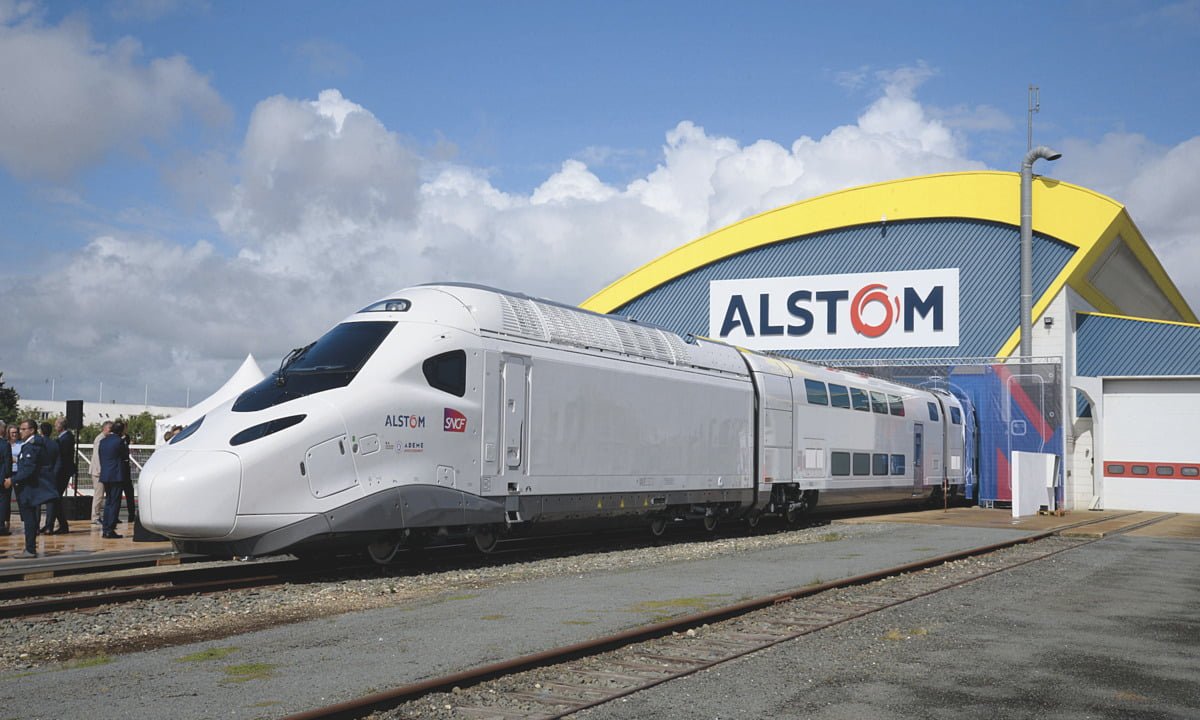
6. JR E5 and Shinkansen – 320kmh/200mph (Japan)
Japan introduced the concept of new high-speed trains to the world in 1964 and continues to lead the world today by pushing the boundaries of speed, capacity and safety on its Shinkansen lines. Both trains run at speeds of up to 320 km/h (200 mph) on the Tohoku Shinkansen, which runs north of Tokyo to Shin-Aomori. The current E5 and H5 series, built by Hitachi Rail and Kawasaki Heavy Industries, reach a top speed of 320 km/h.

7. ONCF Al Boraq – 320kmh/198.5mph (Morocco)
The trains of Africa’s first high-speed railroad, Al Boraq in Morocco, are seventh on our list. Al Boraq also holds the African speed record– in tests before it went into service in 2017, one of the 12 Alstom-built trains on the new line reached 357 km/h, more than twice as fast as the next fastest trains currently operating on the African continent. French-built TGV Euroduplex double-decker electric trains run at speeds of up to 320 km/h (198.5 mph) on a new 186-kilometre line between Tangier and Kenitra.

8. Renfe AVE 103 – 310kmh/193mph (Spain)
The Renfe Class 103 is a high-speed train used by Spain’s state-owned operator Renfe for its high-speed AVE service. The trains also known as Series 103 or S103 are manufactured by Siemens as part of the Velaro family. The end cars are divided into a driver’s cab and a passenger seat, separated by glass panels. This gives passengers the same view as the driver, who can also darken them if desired. 26 train sets run on the 621-km Barcelona–Madrid high-speed line, carrying up to 404 passengers at speeds of up to 310 km/h (193 mph).
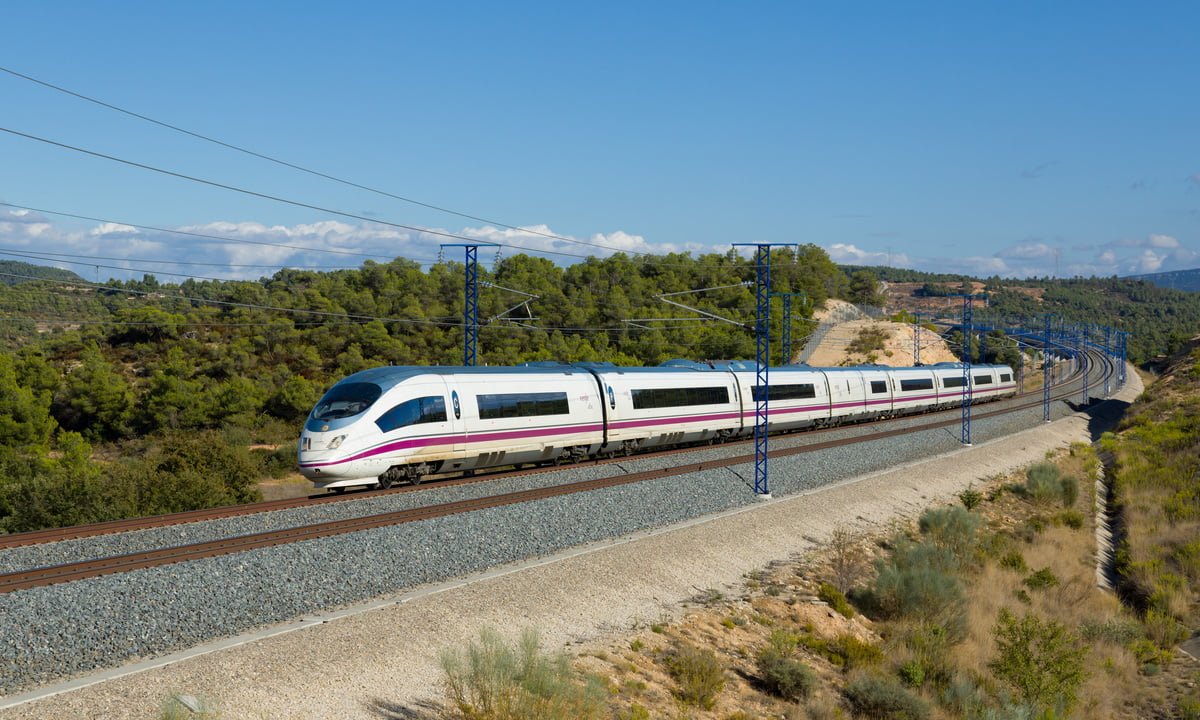
9. Korail KTX-Sancheon – 305kmh/190mph (South Korea)
South Korea’s national railroad company Korail operates the country’s high-speed train. Korea Train Express, better known as KTX, began service in 2004. The KTX-Sancheon is named after the Korean name of the local fish, cherry salmon. It reaches a top speed of 305 km/h (190 mph). Its first high-speed train designed and developed in South Korea. KTX is a high-speed mass transit system that carries hundreds of millions of passengers annually.
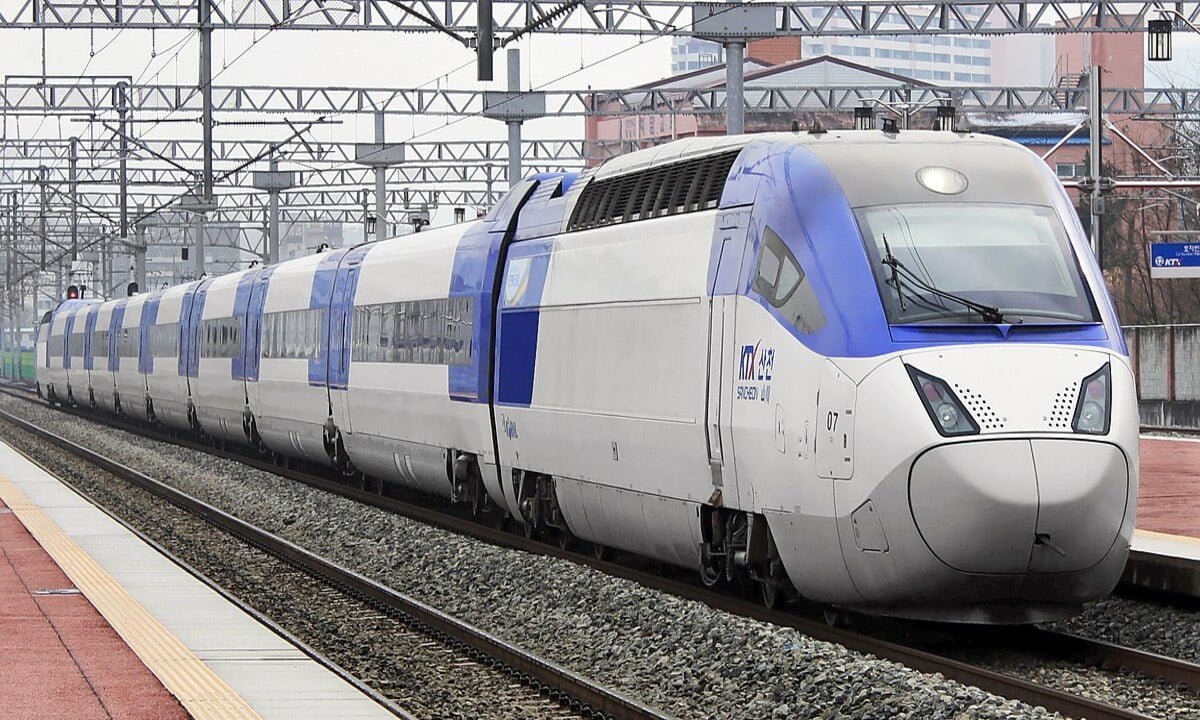
10. Trenitalia ETR1000 – 300kmh/186mph (Italy)
The Frecciarossa, ETR1000, of Italian state rail operator Trenitalia was developed in a joint venture between Hitachi Rail Italy and Alstom. Frecciarossa trains run on Italy’s T-shaped high-speed network linking Turin, Milan and Venice in the north with Bologna, Florence, Rome and Naples. In operation, the trains reach 300 km/h (186 mph), but in tests in 2015, one of the ETR1000 sets reached 389 km/h.
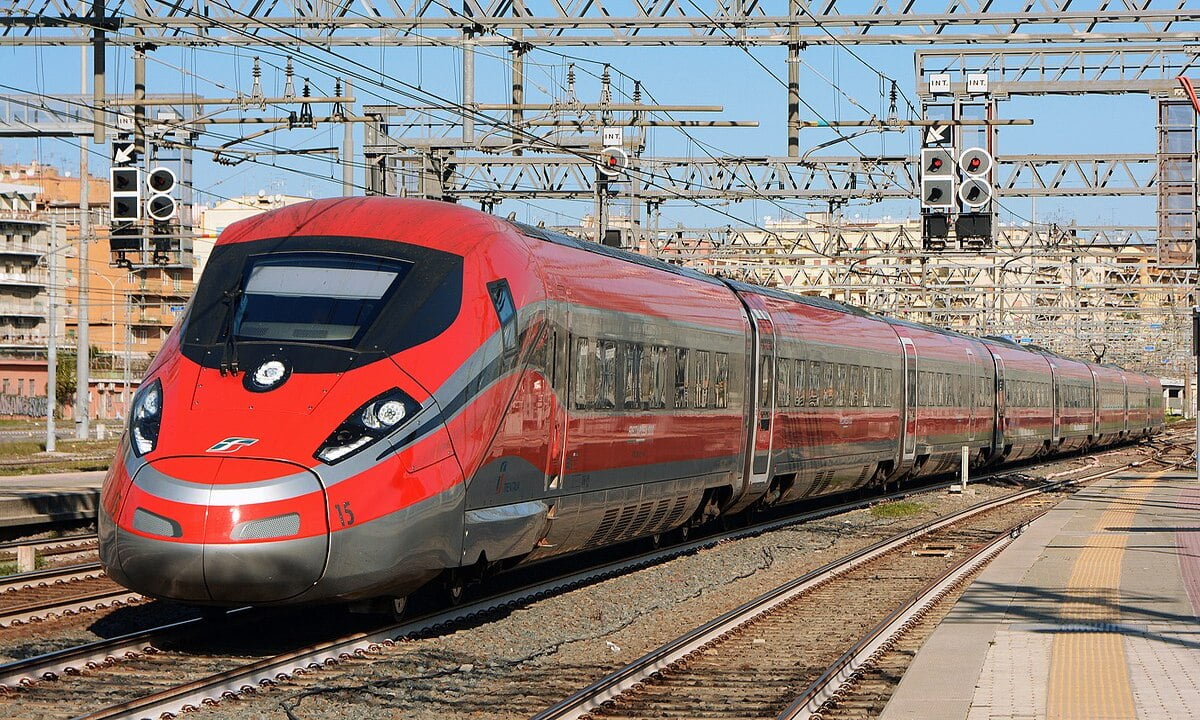
11. Haramain High Speed Railway – 300kmh/186mph (Saudi Arabia)
Saudi Arabia’s Haramain High-Speed Railway (HHR) connects the holy cities of Mecca and Medina at speeds of up to 300 km/h (186 mph). This ability to tame crowds is put to the test during the Hajj, the annual pilgrimage to Mecca, when more than two million Muslims visit the city’s holy sites. Since the HHR opened in 2018, it has become a popular mode of transport between Medina and Mecca.
